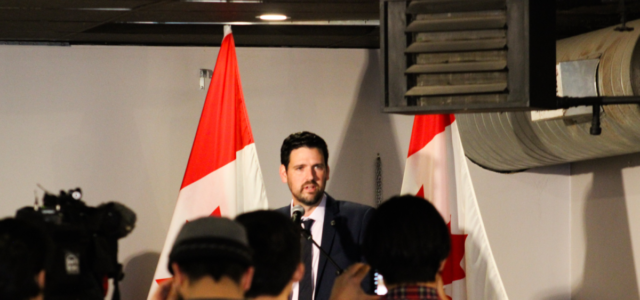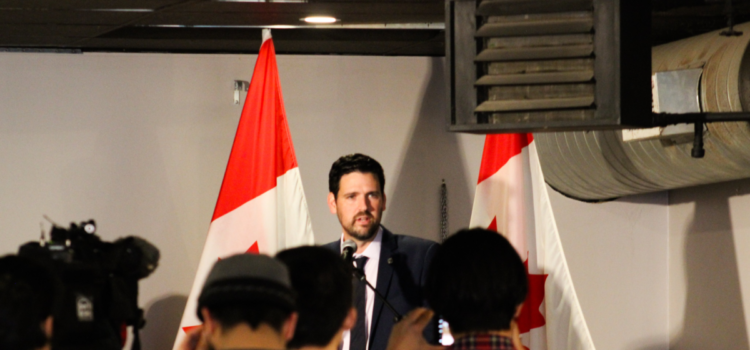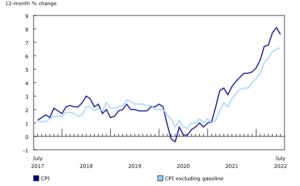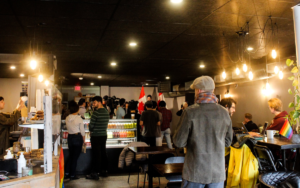

How will lifting the restriction to work off-campus for over 20 hours affect international students?
Opinion Oct 12, 2022 Ishmeet Singh

Immigration Minister Sean Fraser’s announcement on Oct. 7 introduced a temporary measure of removing the previous 20 hour work-week limit for international students to grapple with labour shortages. This change will affect more than 500,000 eligible international students residing in Canada starting Nov. 15. This policy has been brought to fill the labour deficit gap, but this comes in at a sacrifice to the academic side of an international student.
“Through this change, the cap has been lifted. There’s not an upper limit,” says Fraser, in a coffee shop near the University of Ottawa campus. Earlier, the 20 hours of part-time work with an average of minimum wage was barely enough to bear expenses like rent, groceries, and monthly bills, leaving the tuition fees out of the story. This move allows students like me to have a better monthly budget if opting for more work hours. It enables bearing the high price of almost everything due to inflation.
Another factor to consider would be how many employers can expect the students to work more than before if there is a need. However, this would create various other problems. It can be challenging for a new student to secure a part-time job if there are students already working over 20 hours in a workplace. More of those students can opt for multiple jobs and that would open up another obstacle- ease of travelling to juggle between workplaces.

12-month change in the Consumer Price Index (CPI) and CPI excluding gasoline Photo credit: Statistics Canada
According to Statistics Canada, the pace of consumer inflation can be seen easing from 7.6 per cent in July to seven per cent in August 2022, considering the gas prices fell. Still, noticeable price increases have been seen in gas prices recently. The transit system is a great option for a student but owning a car can ease up travelling. A new car’s average per month in Ontario costs about $1,000 including finance, fuel, and maintenance.
This policy allows the students to support themselves financially considering Canada faces nearly one million job vacancies, but why should it be only filled by international students? The shortage of labour can be fixed by employing more international students, but why is there no limit to work? Not much of a thought is given to how this policy can affect their future if the students become greedy and start leaning toward part-time work instead of allotting their divided time towards academics.
At the end of the day, academic studies from universities and colleges can help international graduates secure better-paying jobs in a professional environment instead of hours of work in factories.







